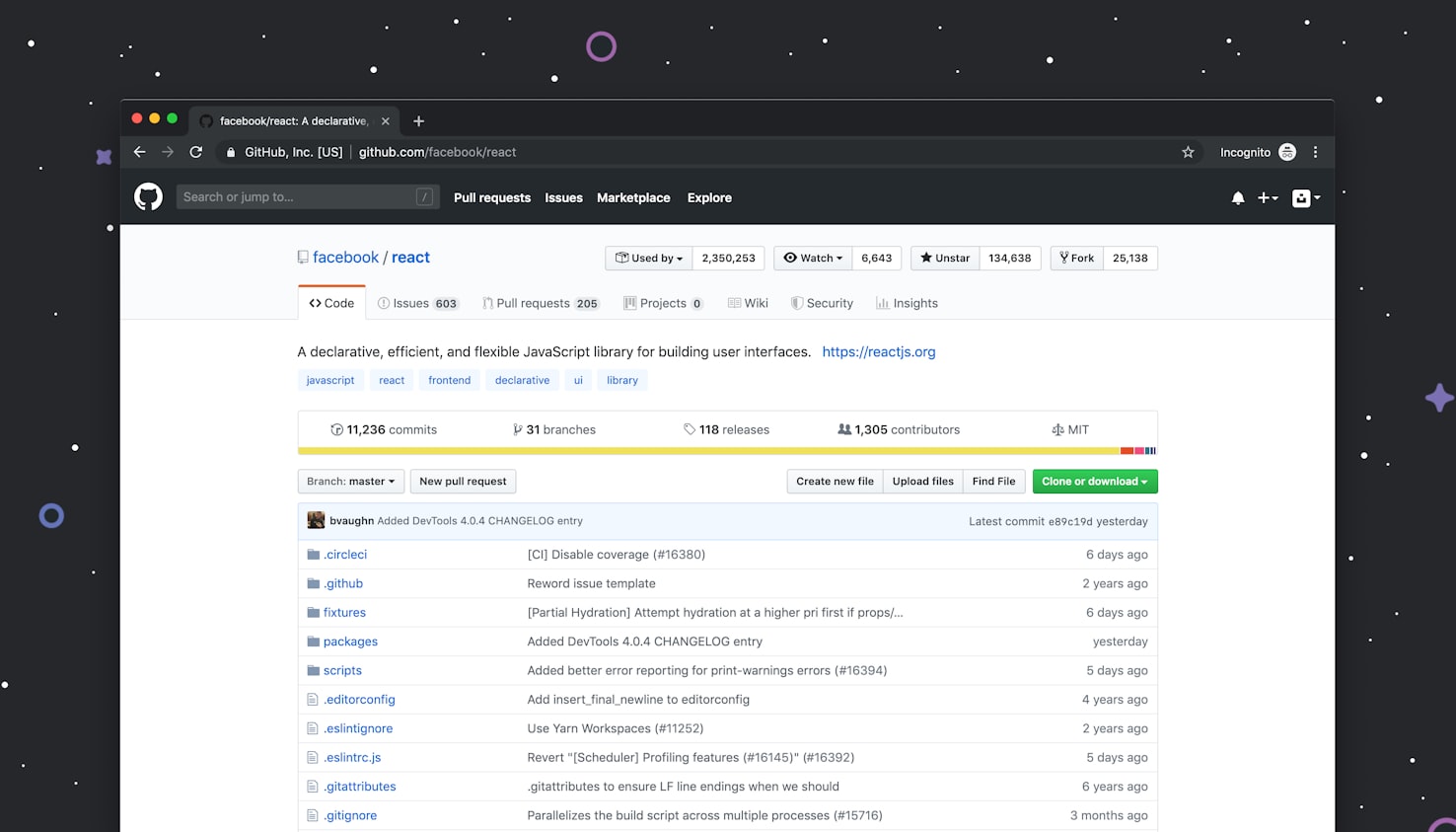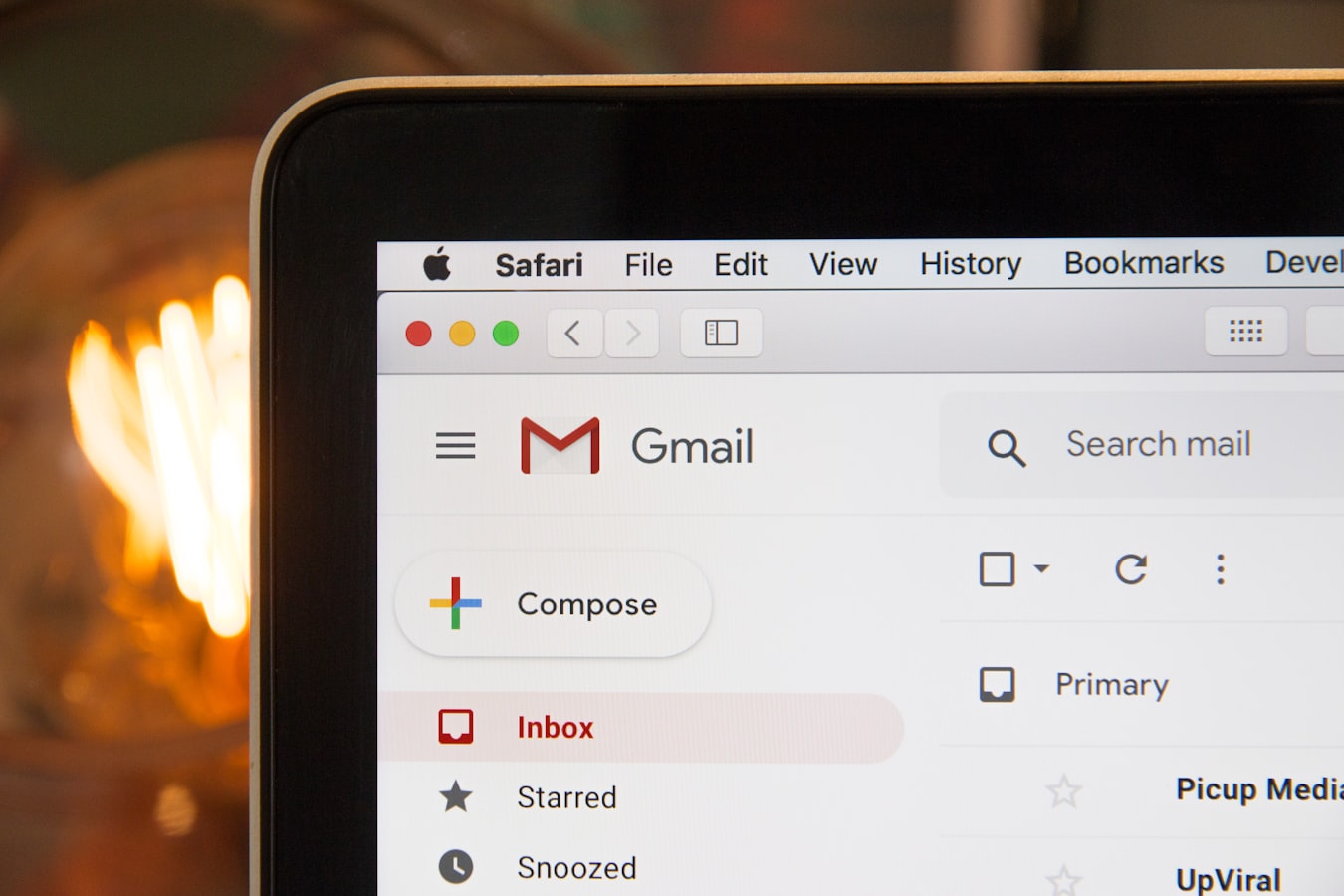Versatility in customer service comes in two forms. The first is the ability of the agent to adapt their explanation. The second is the ability of the customer to choose the most appropriate channel for them.
Different people learn and understand the world in different ways. From the visual learners that understand best with images, to the kinaesthetic learners that prefer a more hands-on approach.
And by understanding different learning styles, you can improve the versatility of your customer service.
When an initial explanation doesn’t work, your agents can use one tailored to a different learning style. When a customer reaches out for service, you can give them the option to pick a channel that fits their learning style.
So, what are the different learning styles, and how can you cater to them with your customer service strategy?
1. Verbal
Verbal learners are those that gain understanding with words and conversation. This applies to both speech and writing.
Customers that are verbal learners look for support through connecting with your team. They benefit from your verbal explanations and conversation. They might also enjoy your other written content such as informative blogs and articles.
As such, these customers will seek support through most live, text-based channels. For example, social media and live chat software. They may also opt for telephone support, if they prefer speech over text.
2. Visual
If someone is a visual learner, they tend to benefit from pictures and images when they want to understand something.
Sometimes, understanding may get lost in translation when agents only explain verbally. So, an agent could then support their explanation by using a use case diagram or screenshot. Visual learners may also appreciate the use of emojis in their service.
These customers benefit less from phone calls or text-heavy support files. Instead, they’re likely to choose customer service channels that can support image sharing.
So, useful channels include online support such as live chat with file sharing, or emails.
3. Kinaesthetic
Customers with a kinaesthetic learning style are those that learn best through action and experience. These people prefer to solve problems hands-on.
Kinaesthetic learners might be more likely to look for self-support materials or guided video walkthroughs. Using a co-browsing feature with live chat can be a particularly useful way to help a kinaesthetic learner.
Kinaesthetic learners benefit from a rich base of self-support material. When they reach out to you, they may prefer a mix of real-time support channels alongside online resources.
4. Logical
Logical learners — otherwise known as pragmatists — are those that understand best through logic and numbers.
A long-winded or overly detailed explanation is less likely to help a logical customer. Instead, they might benefit from numbered or listed options and step-by-step guides.
Logical customers can be supported on most channels. Both real-time options and those that take longer — like email — can work for a logical learner.
What’s key is that an agent is able to provide them with concise, listed steps and instructions.
5. Social
Social learners like to get insight from other people. They thrive in groups and learn from others well.
A customer with this learning style may seek service through public channels. For example, a web forum, comment sections on your website or your social media accounts.
Optimising your customer service for social customers, then, means having a good social media support strategy in place. For example, make sure you have a dedicated support page for social customers to contact you through.
6. Solitary
If a customer is a solitary learner, it means that they tend to reflect on information and like to solve problems alone or privately.
In customer service, a solitary learner is more likely to reach out using private channels over communal ones. Because solitary learners like to reflect on the information they’re given, they may benefit from being given a bit of extra time to process your instructions.
Self-service options — help files, user manuals, web tutorials — are essential for solitary learners. If they do need assistance, they’ll typically reach out via private channels such as email, phone, or live chat support.
They’re less likely to use social media to reach you, though they might use social media to message you privately.
Most people are a mix
Most people benefit from more than one learning style. A visual learner might also enjoy a more solitary support experience. A kinaesthetic learner might also gain understanding from logical lists.
Communication isn’t easy. But when it comes to customer service, knowing the different ways people understand things can help us adapt our service, no matter the problem.
Versatility is a key part of effective customer service. No matter their learning style, problem or needs, be ready to use the features of your customer service channels to adapt your service, and make it accessible for everyone.
Useful links
- - Accessible customer service: is your business open?
- - When to use video chat support (and when not to)
- - Embracing the omnichannel contact centre
- - Why messaging platforms haven't (and won't) displace live chat
- - What does it mean to offer a customer-centric experience?
- - Common hurdles to customer service accessibility






